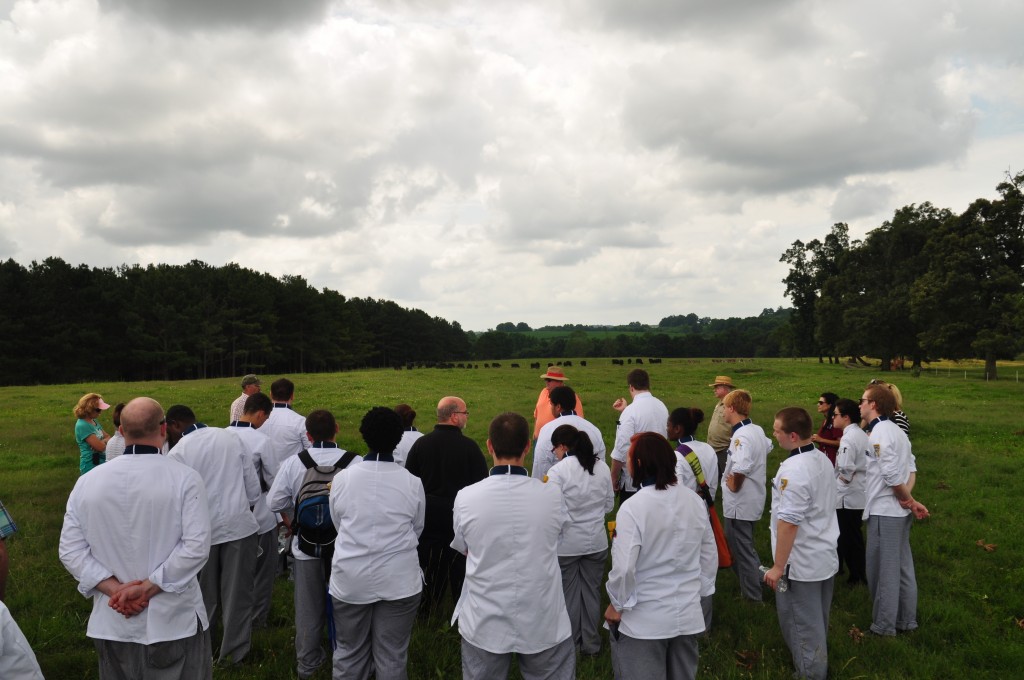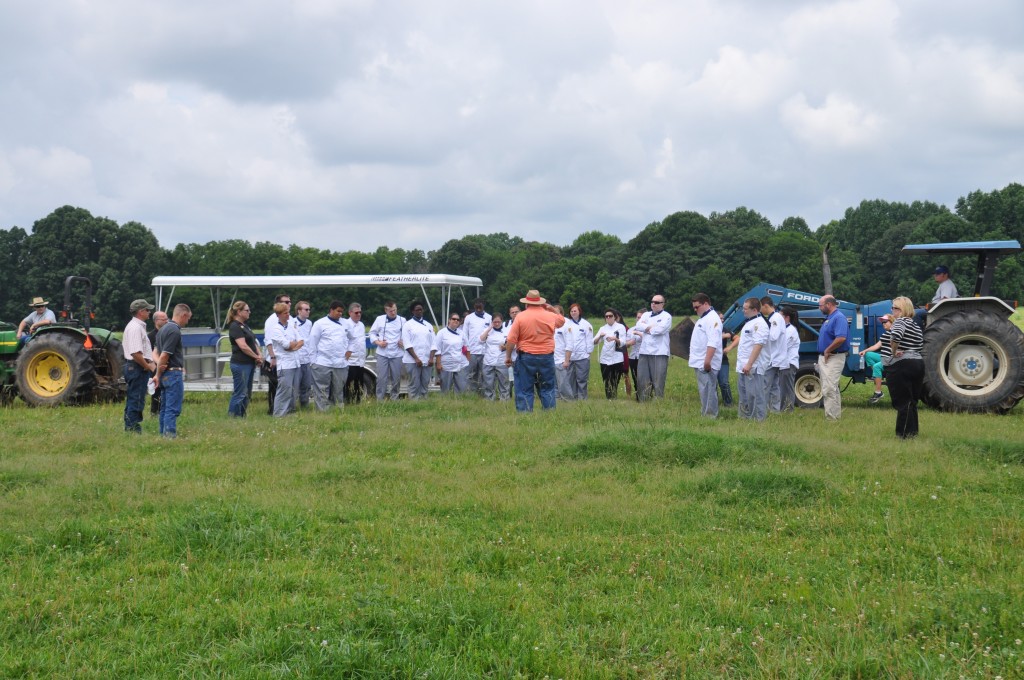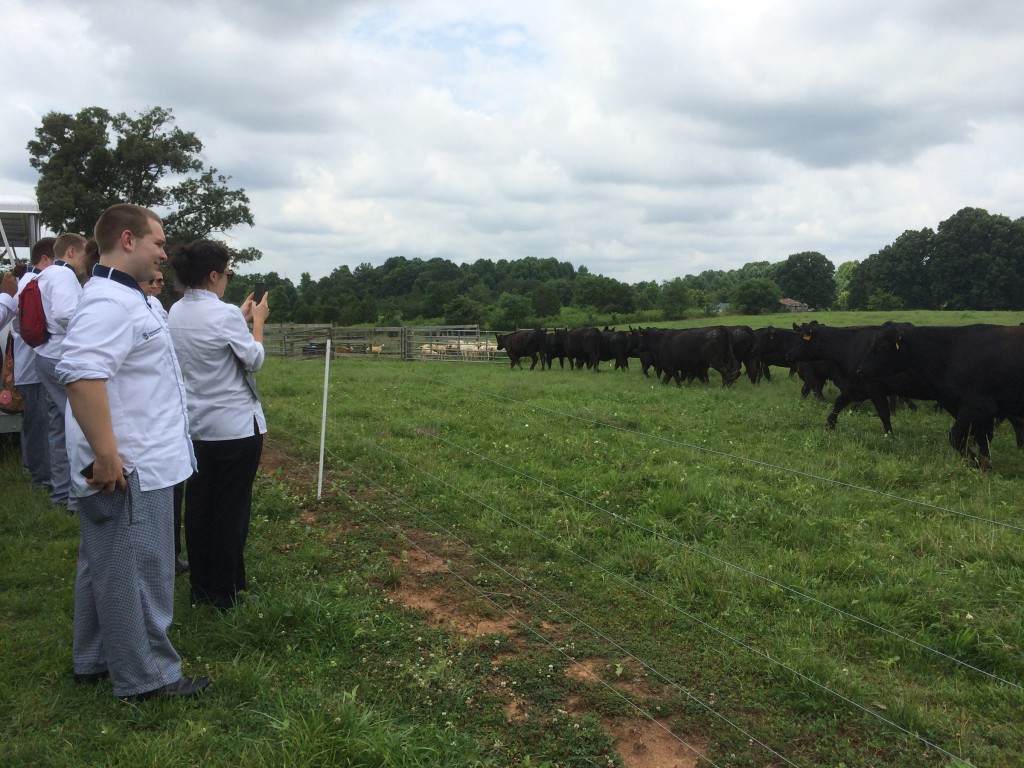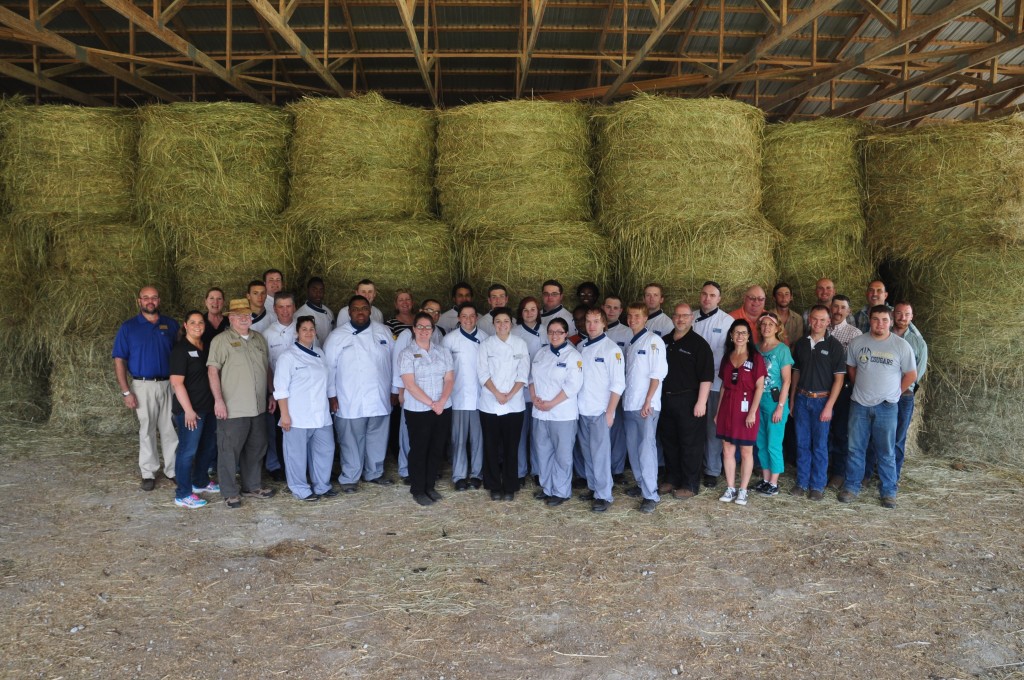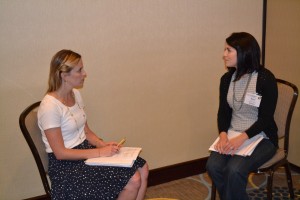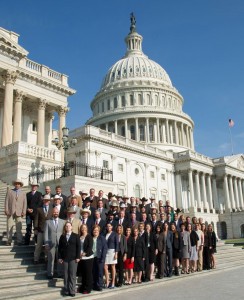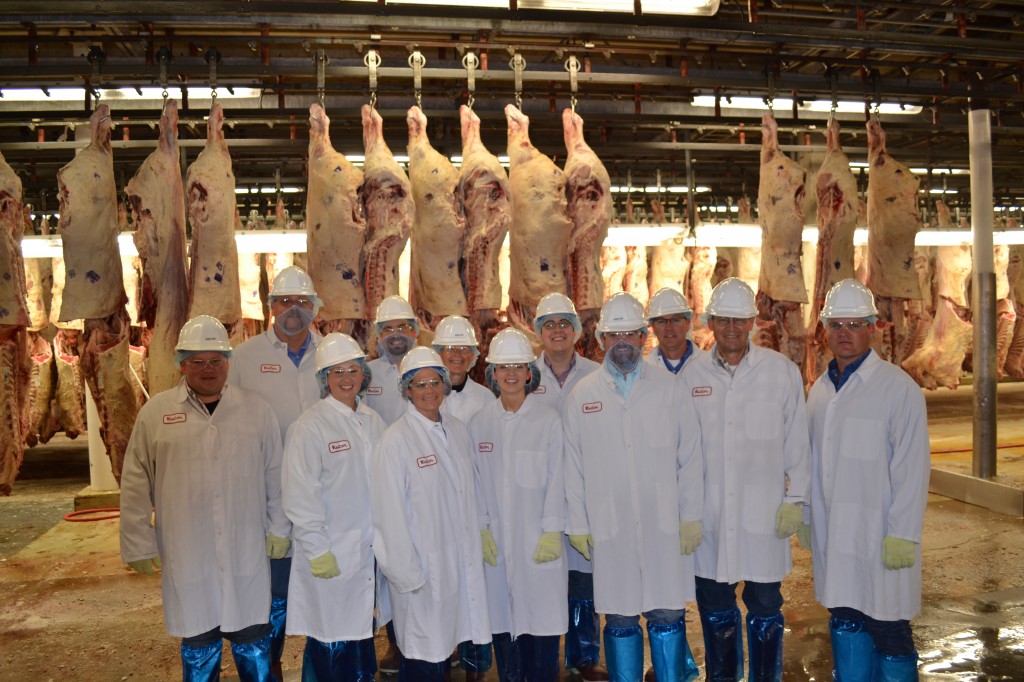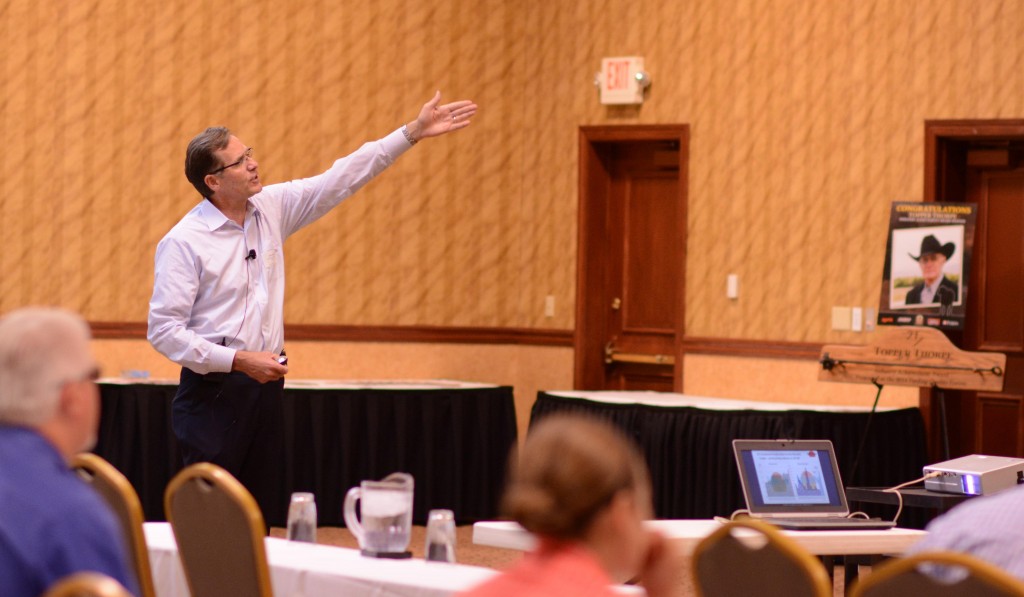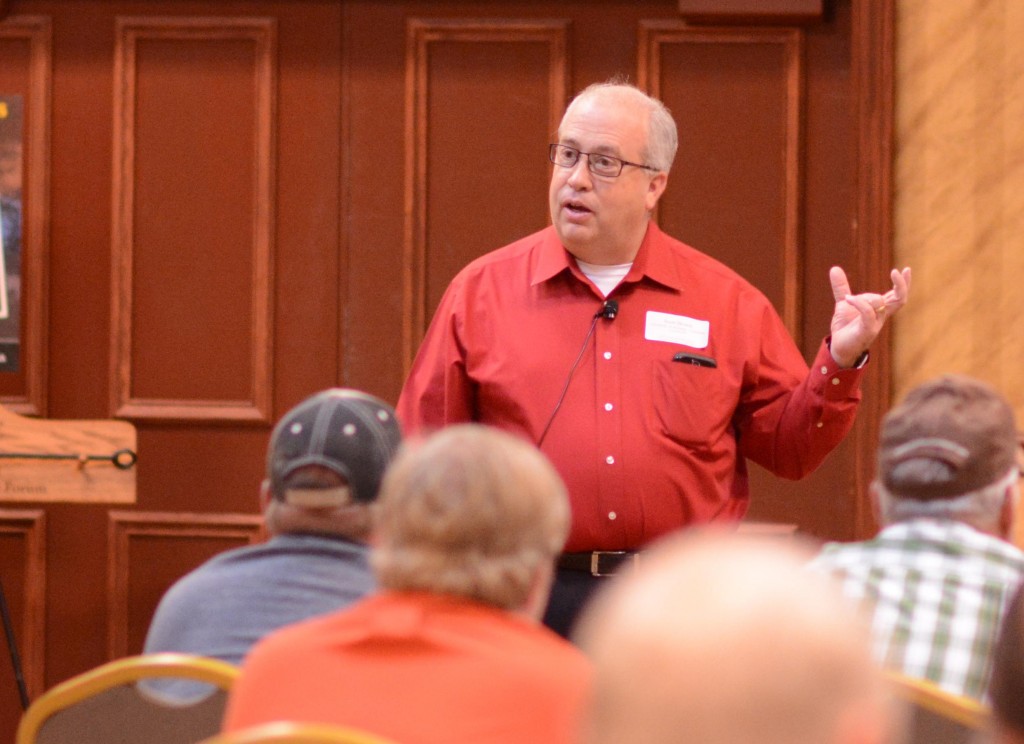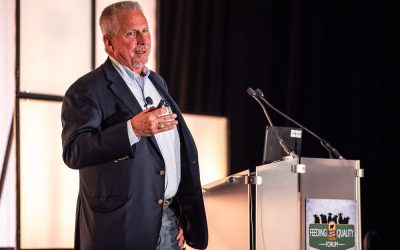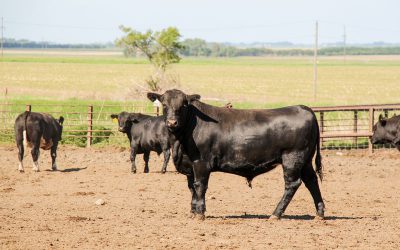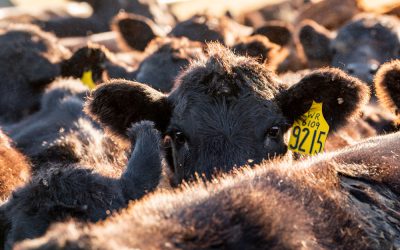
Beef beyond our borders
Why is that number significant?
That’s what exports added to each beef animal in 2014.

“Our main advantage is premium quality beef,” Jay Theiler, of AgriBeef, told us. “We are recognized as the gold standard around the world. It’s pretty fun to go out and sell our products because of the demand.”
Here are a few quick facts I picked up about beef exports and their potential:
- An estimated 80% to 82% of all grain-fed beef is U.S.-produced.
- Not only is demand good in the here and now, but the future looks even brighter. Today, 96% of the world’s population lives outside the United States.
- 80% of global middle-class growth is projected to come from Asia.
- Trade is also “good risk diversification,” Jay said. For economic growth last year the U.S. ranked 166th out of 196 countries.

- Certified Angus Beef ® is sold into 80 countries worldwide.
- Around 13.5% of our total sales were in the international division last year. Of that 120 million pounds, 60% were end meats, or items from the chuck and round, compared to the strong domestic demand for such middle meats as strip loins and tenderloins.
- The top CAB international markets are Canada, Mexico, Hong Kong, Japan and Korea, but in the last decade we’ve expanded our presence in popular tourist areas in the Caribbean and in South America.
“The upside potential in the global marketplace for a brand like ours is immense,” our own Larry Corah told session attendees. “The international market is critically important.”
I couldn’t have said it better myself.
May your bottom line be filled with Black Ink,
Miranda
—
To read more coverage of this session, including information port concerns and drop credits, check out the Angus Productions Inc., article: Why Export Markets for Beef are so Valuable.
You may also like
A Drop of Hope, A Heap of Hard Work
For Manny and Corina Encinias’ family of nine, sustainability runs deep. They are stewards of a legacy, working the land dating back to 1777, when the first generation began herding sheep in the nearby Moriarty community. Today they focus on cows well suited to the harsh New Mexico desert, fostering community strength and creating opportunities for others to follow in their footsteps.
Going Above and Beyond
It’s a normal day near Hudson, Colorado for the Walter family, yet the view is uniquely awe-inspiring for visitors who have never stepped foot on a ranch. As cows come in closer visitors take in the far-reaching pastures and breath-taking mountain views. For the Walter Family, there’s no better backdrop to introduce people to the place where beef begins.
Progress, Not Perfection
It’s a labor of love, obvious in the way she lights up explaining their family’s 33-year effort to proactively adapt Angus cows to their land. A lifetime of telling stories from the pasture or kitchen has resonated with nonfarm consumers as much as fellow ranchers. “Everything we do is about cattle, but it’s also about family and connecting our kids to the land and to the cattle,” Debbie Lyons-Blythe says.

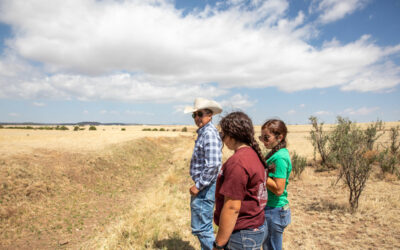
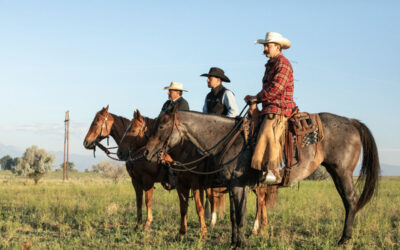
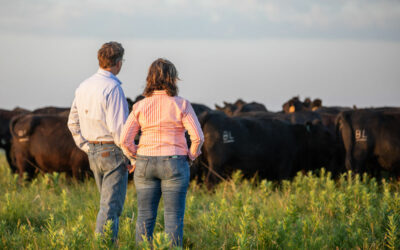



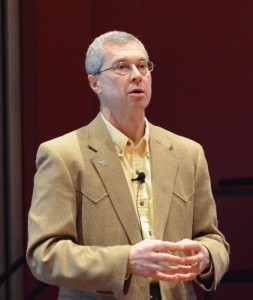
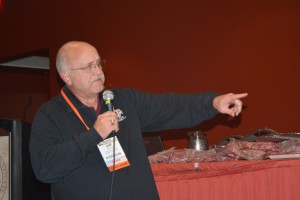
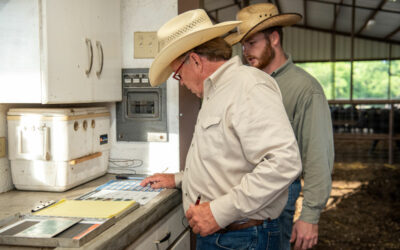
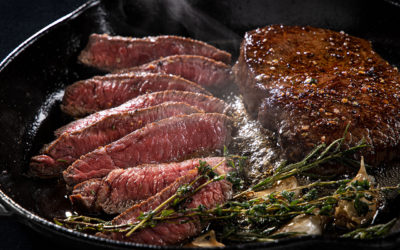
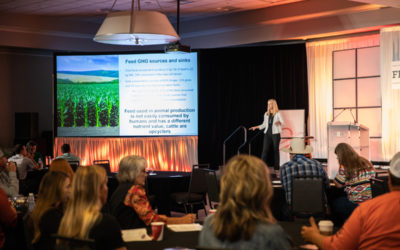

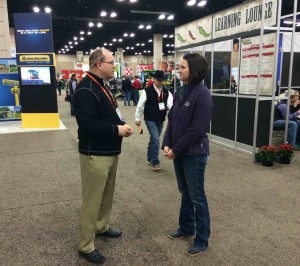 Ask John Stika about cattlemen and you’ll get a straightforward answer.
Ask John Stika about cattlemen and you’ll get a straightforward answer. “This is a very creative industry. It’s not just through technology,” John says. “It’s about focus, it’s about discipline, it’s about being intentional and the choices and decisions we make in breeding and the management of cattle.”
“This is a very creative industry. It’s not just through technology,” John says. “It’s about focus, it’s about discipline, it’s about being intentional and the choices and decisions we make in breeding and the management of cattle.”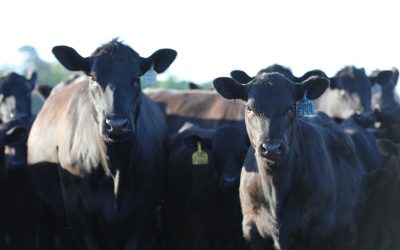
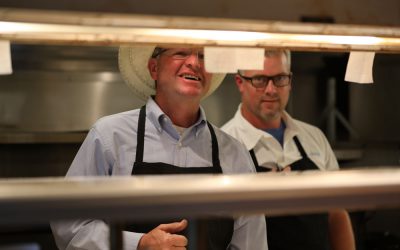


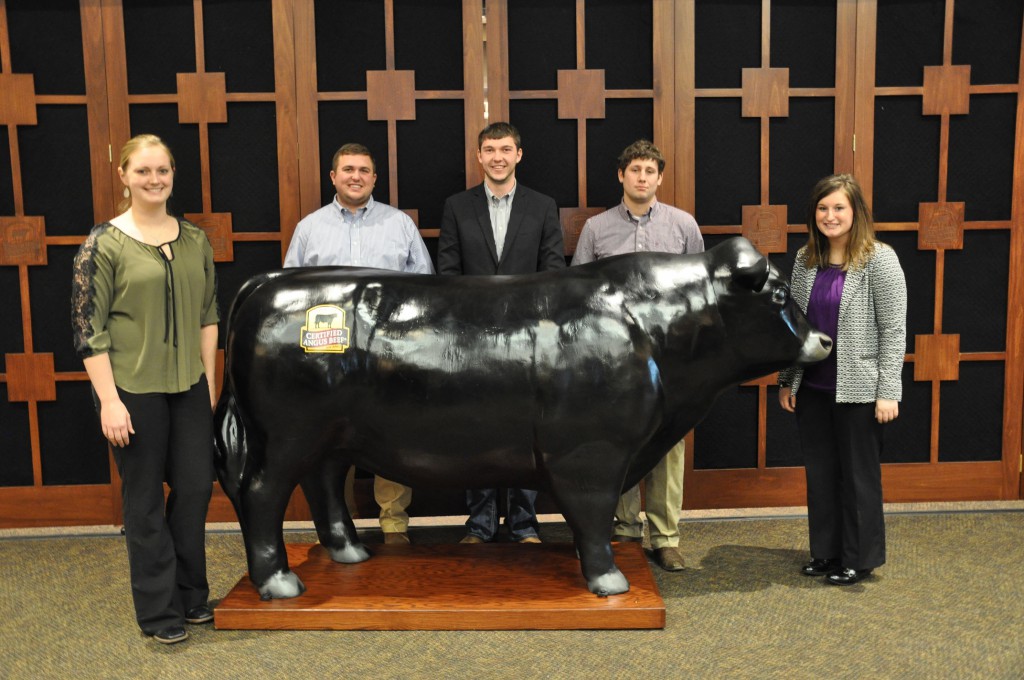

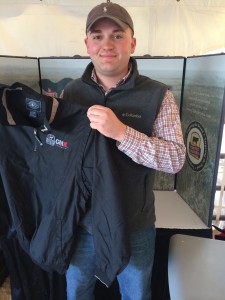
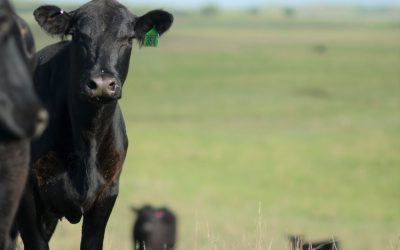
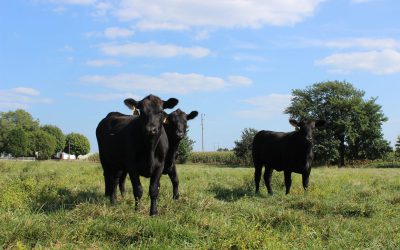
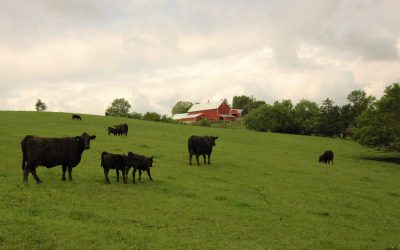
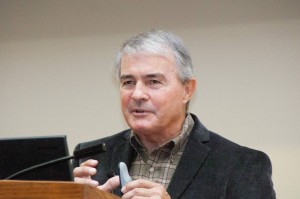 John Hall, University of Idaho, said the biggest value of sorted semen is for smaller producers to shift the calf-crop gender, depending on their replacement heifer needs or desire to market more steers.
John Hall, University of Idaho, said the biggest value of sorted semen is for smaller producers to shift the calf-crop gender, depending on their replacement heifer needs or desire to market more steers.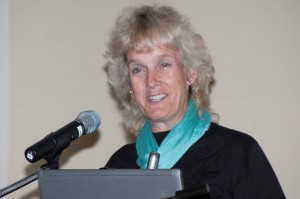
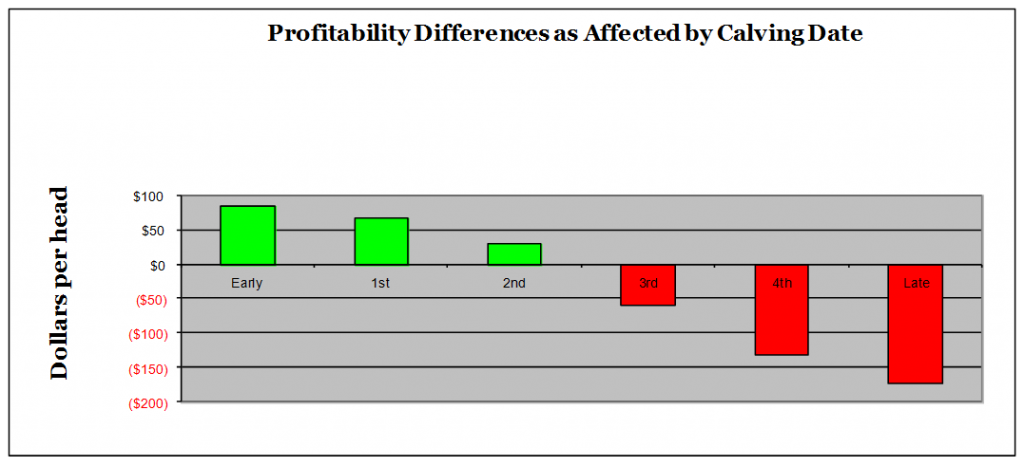
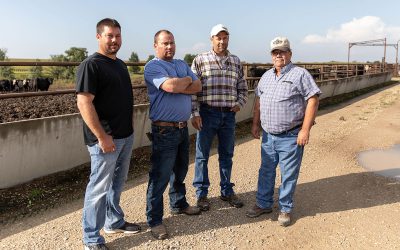
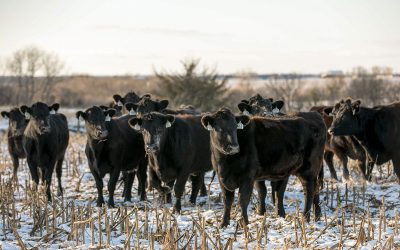
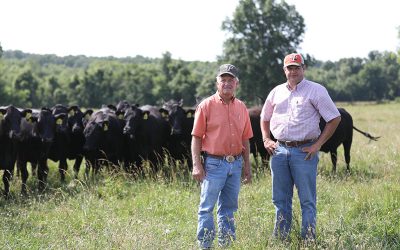

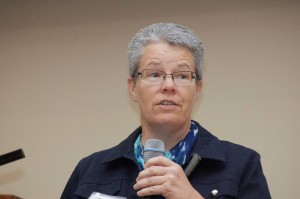
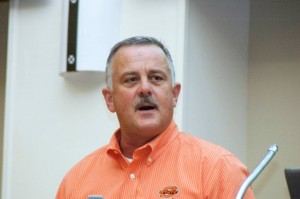 Synchronization pays. Cattlemen Roger Wann talked about his use of synchronization and fixed-time AI on his ranch in southeastern Oklahoma. “We can’t improve genetics if we can’t get cows pregnant,” Roger said. “Synchronization is the delivery method for genetic improvement.” It adds up to a $120 return per female exposed to estrous synchronization and timed AI compared to natural service—and that’s not including genetic gain.
Synchronization pays. Cattlemen Roger Wann talked about his use of synchronization and fixed-time AI on his ranch in southeastern Oklahoma. “We can’t improve genetics if we can’t get cows pregnant,” Roger said. “Synchronization is the delivery method for genetic improvement.” It adds up to a $120 return per female exposed to estrous synchronization and timed AI compared to natural service—and that’s not including genetic gain.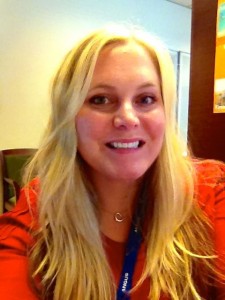 Fall intern Katy Kemp is currently pursuing a master’s degree in ag communications from Oklahoma State University. A nice coincidence, given that put her in the perfect place to cover this renowned reproduction conference. Watch for more highlights in tomorrow’s part II post.
Fall intern Katy Kemp is currently pursuing a master’s degree in ag communications from Oklahoma State University. A nice coincidence, given that put her in the perfect place to cover this renowned reproduction conference. Watch for more highlights in tomorrow’s part II post.